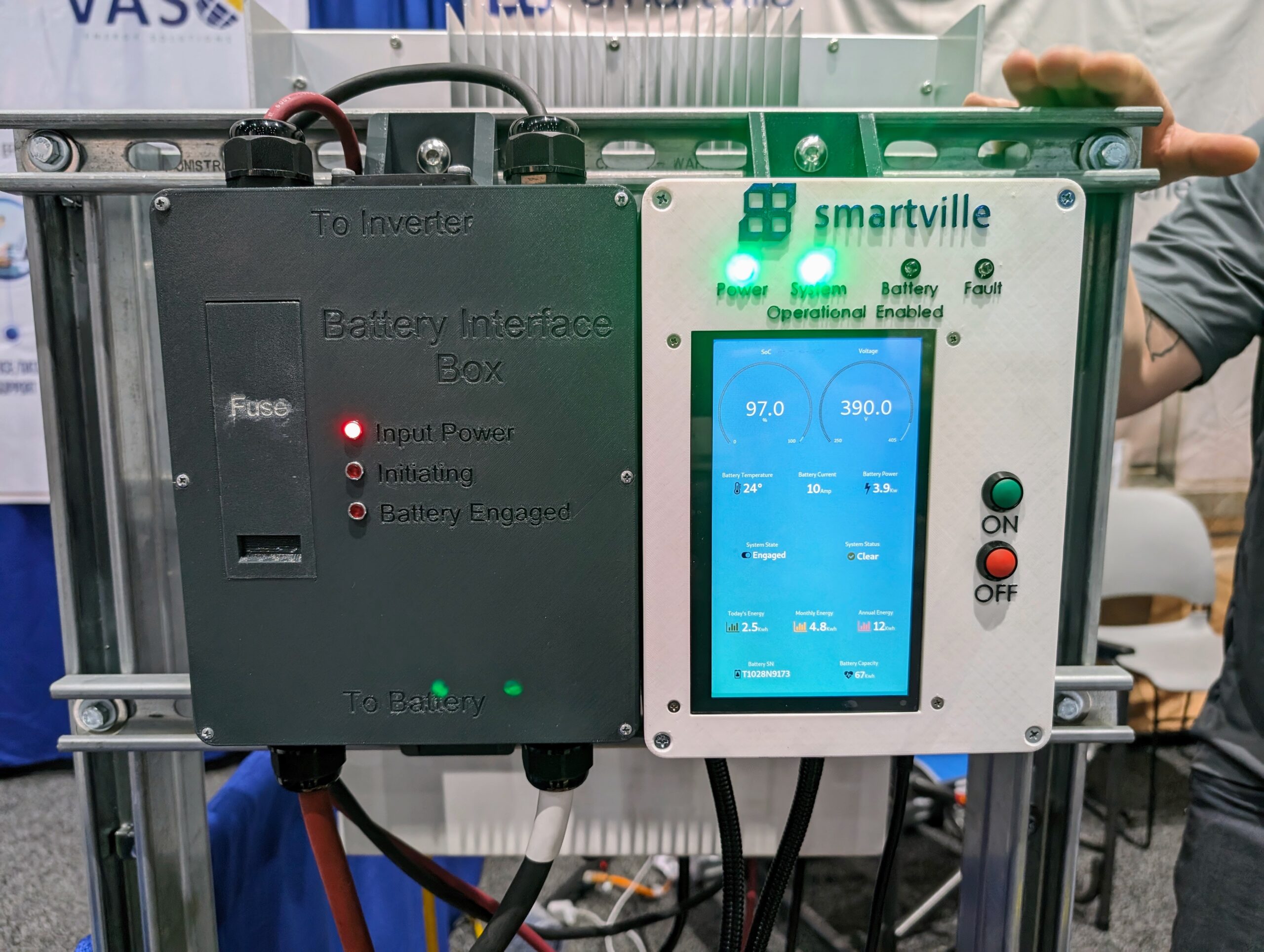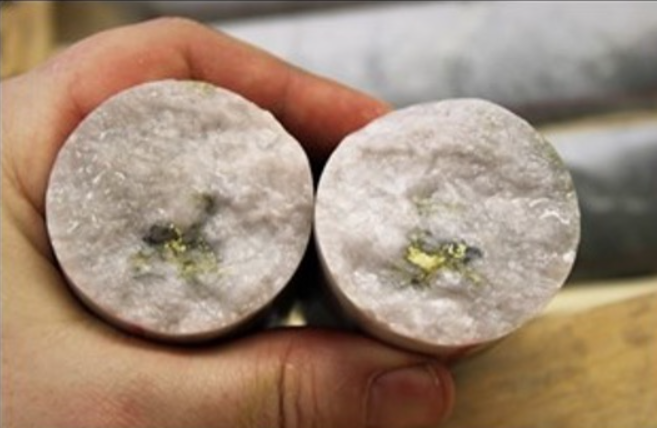(Bloomberg)
Since the Wright brothers invented the airplane in 1903, one aspect of how we fly hasn’t changed. Evolving plane design and improved engines aside, almost all modern aircraft have one thing in common: They’re powered by combustible fuels.
That may be changing, though. Just as electric cars have started to revolutionize driving, a growing group of startups are now looking to electrify air transport.
Take Beta Technologies. Last month, the company flew a battery-operated aircraft — designed with fixed wings and vertical take-off and landing capabilities — from its Vermont headquarters to Eglin Air Force Base in Florida. The journey totaled 1,730 miles (2,780 kilometers) and marked the company’s first product delivery to the US Air Force, which will pressure-test Beta’s inaugural machine.
Joby Aviation, headquartered in Santa Cruz, California, delivered one of its own all-electric air taxis to Edwards Air Force Base in September; each taxi can carry one pilot and four passengers. Last year, meanwhile, Arlington, Washington-based Eviation Aircraft conducted a test flight of a nine-seater commuter plane it calls “Alice.” The company said it had received almost 300 orders for Alice aircraft as of late 2022, totaling more than $2 billion.
As the aviation industry faces pressure to decarbonize, electric alternatives will continue to multiply. At least 60 companies are now involved in the research and development of fixed-wing electric aircraft, according to BloombergNEF. The consultancy Roland Berger estimates there are 100 electric aviation programs in development around the world.
But major hurdles remain before the technology can go mainstream, including battery limitations, premium pricing and regulatory approval. While regulators are starting to issue preliminary OKs — more than 30 countries greenlit a two-seater electric plane from Slovenian startup Pipistrel for use in pilot training — most projects are still in the test-flight phase.
Here’s what you need to know about a new generation of aircraft.
Why electrify planes?
Modern air travel is dirty. The global aviation industry is responsible for roughly 800 million tons of carbon dioxide emissions each year, according to the International Energy Agency. That’s an amount equivalent to the annual emissions of Germany. The industry’s carbon footprint is expected to grow as demand for air travel rises: The International Civil Aviation Organization, backed by the United Nations, projected a more than doubling of aviation emissions for international flights alone between 2015 and 2050.
To reduce flying’s climate toll, the sector is looking to solutions such as corn-based ethanol biofuels and hydrogen-powered aircraft. But supplies of cleaner jet fuels are facing their own bottlenecks, making electric aircraft a potential growth market.
Who is developing electric aircraft?
In addition to dozens of startups, many airline operators, from United Airlines in the US to Virgin Atlantic in the UK and Japan Airlines, are investing in electric aviation. Some have also pledged to add electric aircraft into their commercial fleets as long as those vehicles meet safety and operating standards.
Globally, the market for electric aircraft is projected to reach $37.2 billion by 2030, according to market research firm MarketsandMarkets, more than quadruple an estimated $8.8 billion in 2022. Lured by that outlook, startups and major manufacturers alike are entering the space. Airbus SE, the world’s largest aircraft maker, embarked on its electrification journey in 2010 with a four-engined aerobatic plane. Since then, it has developed several more models. Startups including Heart Aerospace in Sweden, XPeng Motors in China and Regent Craft in the US have also rolled out electric prototypes.
Powering a plane with rechargeable batteries doesn’t require massive infrastructure upgrades, says Rayyan Islam, co-founder at 8090 Industries, a venture capital firm that bankrolls low-carbon aviation projects. That makes it an appealing option for airline operators. Electric aircraft are also quieter than their combustion-engine cousins.
But the weight and energy capacity of the current generation of batteries mean that electric aircraft are only “low-hanging fruit” for short-haul trips, Islam says. Existing battery technology can, at a reasonable price, “compete with the status quo” in flight routes under 300 miles (483 kilometers), he says.
On the Zero podcast, Carnegie Mellon University professor Venkat Viswanathan talks about why aviation is the most important problem for batteries to solve.
What’s the current state of electric aviation?
The sector includes both aircraft powered solely by batteries and those that run on hybrid-electric propulsion. One startup working on hybrid solutions is Ampaire Inc., a company based in the Los Angeles area that converted a small Cessna plane into a hybrid model. Do so cut emissions by up 70%, according to Ampaire’s calculations. The company hopes to win regulatory approval for commercial flights in the US sometime next year.
Some airlines have also set target dates for electric passenger flights. In June, United Airlines announced that flyers out of the San Francisco Bay area will be able to use a fully electric air taxi service by 2026. Air Canada plans to provide electric aviation to domestic customers starting in 2028, and has purchased 30 electric planes from Heart Aerospace that can go 124 miles (200 kilometers) on a single charge.
For now, almost all of the electric aircraft nearing operation are setting their sights on short-haul flights. Many are targeting urban air taxi or commuter services that typically bounce between regional hubs such as San Francisco and Los Angeles or Boston and New York City.
What are the barriers to scaling electric aircrafts?
At present, flying electric is more of an idea under development than a reality for any traveler. To bridge that gap, companies in the sector will have to overcome regulatory hurdles, technological hurdles and (eventually) pricing hurdles.
Regulatory. Before any customers can set foot on an electric aircraft outside a test environment, regulators will have to give their blessing. In the US, the Federal Aviation Administration (FAA) recently outlined steps to safely enable the commercial launch of electric airplanes in at least one location by 2028. Special certifications have also been issued for companies to test out prototypes, but getting certified remains a time-consuming and capital-intensive process.
Some startups, including Ampaire and Regent Craft, are looking for ways to navigate that obstacle. By converting a certified conventional plane into an electric-hybrid one, Ampaire was able to apply for faster certification. Regent has also lobbied against the FAA taking the lead on a commercial approval decision for its 12-passenger electric seagliders, arguing that marine crafts are traditionally overseen by the US Coast Guard.
Technological. Engineers are still working to crack the chemistry on more powerful batteries that could move heavy aircraft over enough distance to make a dent in commercial air travel. Eliminating CO2 pollutants from every commuter, regional and short-haul flight would only shrink aviation’s climate impact by about a quarter, according to data from UP.Partners and Waypoint. Medium- and long-haul aviation (flights over two hours) accounts for roughly 73% of aviation emissions.
More potent plane batteries could run into their own challenges. As the world’s appetite for electric vehicles grows, competition is heating up for the supply of lithium batteries and the raw materials used to manufacture them. In recent years, automakers have battled both high prices and persistent shortages. With electric aviation companies trying to line up production, the bottlenecks could get worse, Islam says.
Pricing. For companies that buy or make planes, the economics of going electric are still a question mark. Few electric aircraft makers have disclosed pricing, nor have any airlines talked publicly about whether electric planes will come with a premium. Islam notes that the technology’s early adopters are likely to be wealthy individuals traveling on small jets, chartered flights or helicopters.
What about sustainable aviation fuel?
As aviation companies look to decarbonize, sustainable aviation fuel (SAF) — an umbrella term for substitutes to fossil-based kerosene — has emerged as a greener alternative to conventional jet fuel. SAF can be derived from biomass such as corn, or created as synthetic fuels using electricity, water and carbon dioxide.
German airline Lufthansa, for example, says that its SAF made of used cooking oil and other biogenic residues emits about 80% less CO2 than conventional jet kerosene over its entire lifecycle.
Governments are urging airlines to switch over to SAF. The European Union wants all aircraft fuel to contain 2% SAF starting in 2025, while Japan aims to have it replace 10% of fuel used by local airlines by 2030. But the fuel carries a hefty price tag — Lufthansa says that SAF is three to five times as expensive as regular jet fuel —and suppliers can’t keep up with the demand. Current SAF production makes up only 0.1% of jet fuel usage.
Share This:




